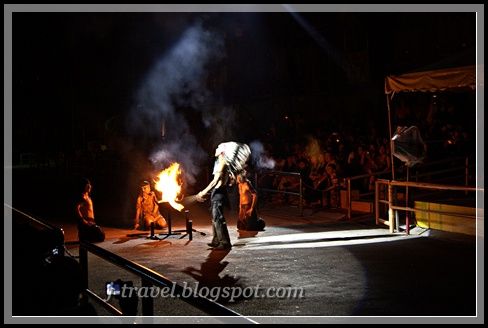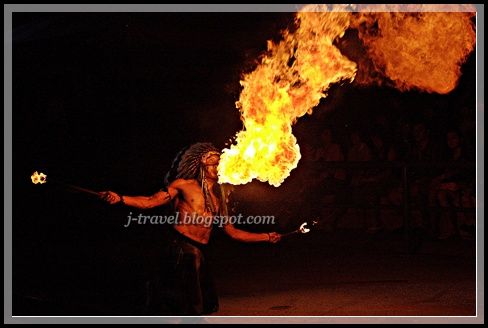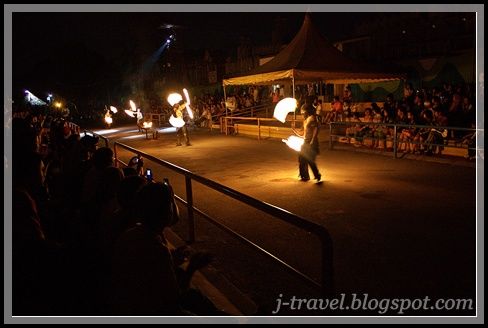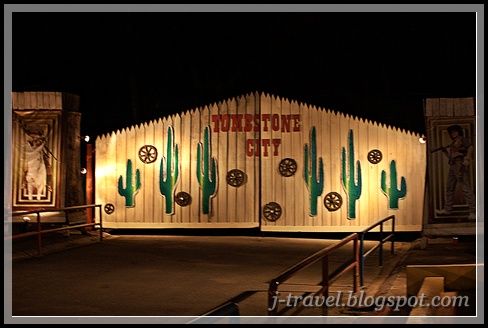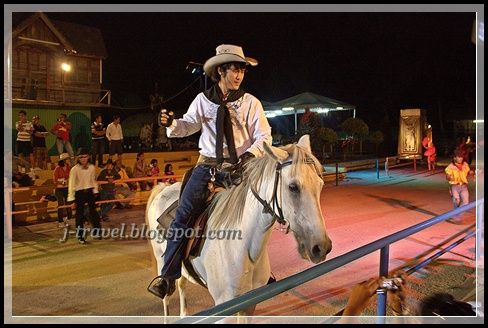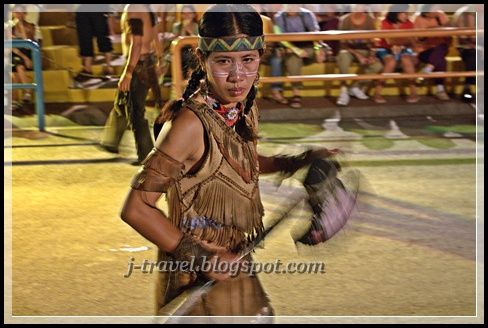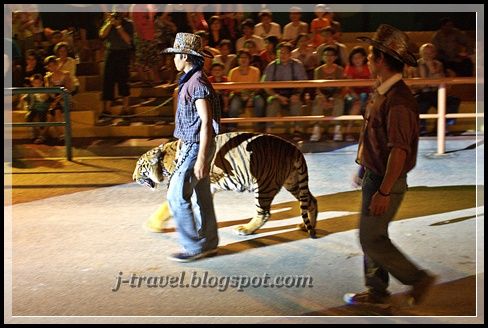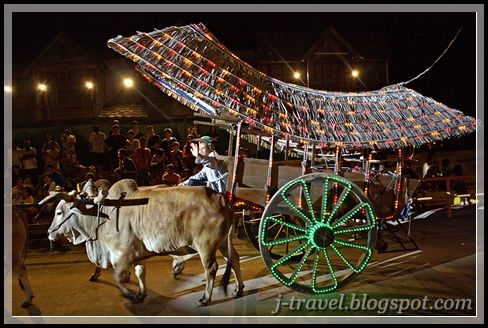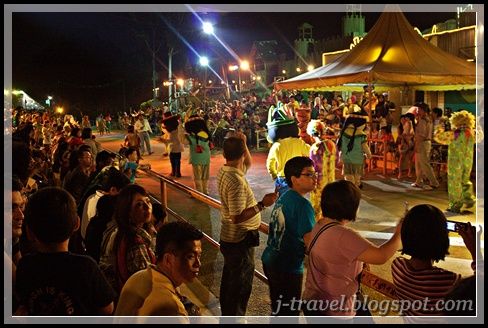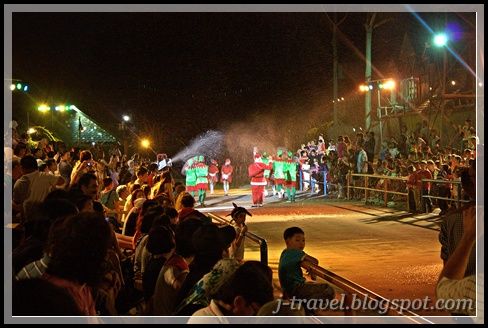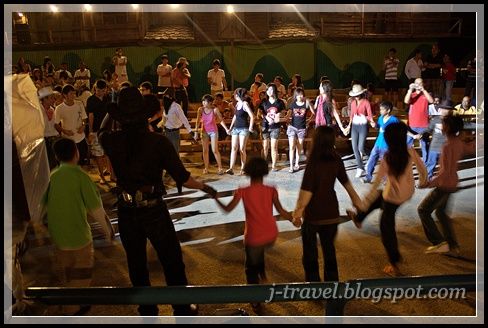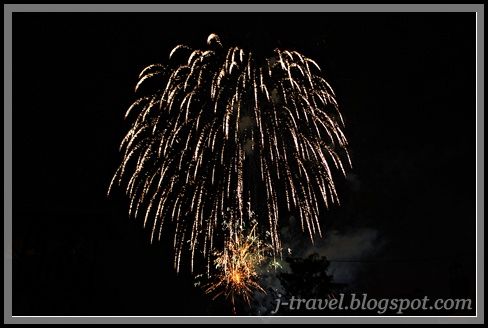Chinese New Year, Lunar New Year, or
Spring Festival is the most important of the
traditional Chinese holidays. It is commonly called "Lunar New Year", because it is based on the
lunisolar Chinese calendar. The festival traditionally begins on the first day of the first month (
Chinese:
正月;
pinyin:
zhēng yuè) in the Chinese calendar and ends on the 15th; this day is called
Lantern Festival. Chinese New Year's Eve is known as
chú xī. It literally means "Year-pass Eve".
Sources from Wiki.
The period around Chinese New Year is also the time of
the largest human migration, when migrant workers in China, as well as
overseas Chinese around the world travel home to have
reunion dinners with their families on Chinese New Year's Eve. More interurban trips are taken in mainland China in this 40-day period than the total population of
China. This period is called chunyun (
春運 or
春运, Pinyin: chūn yùn).
Sources from Wiki.
After the
reunion dinner, some families go to local temples, hours before the new year begins to pray for a prosperous new year by lighting the first
incense (
Joss Stick) of the year; however in modern practice, many households hold parties and even hold a countdown to the new lunar year.
Sources from Wiki.
Big Dragon Joss Sticks are light up
I usually spent my
Chinese (Lunar) New Year at
Bukit Gambir - Muar once in 2 years. The routine is the same every year where everyone put on their New shirts and trousers after shower before having our Reunion dinner. Some families celebrate their Reunion during lunch. After the dinner, everyone are preparing for the
Big day! Tables for praying, fire crackers and fireworks are in order.
Chinese New Year is the time to celebrate the
family reunion and
thanksgiving. Normally the Chinese will pray to
gods for good luck, wealth and the family ancestors. The ceremony will take hours and follow by the burning the fire crackers and fireworks...
There are many items on the praying table...
Foods and others on the praying table
Once the clock hit
12 midnight on the
Eve, everyone are ready...most of them will pray for luck, wealth, everything they want on the coming year...
Family members (include children) are ready for the praying ceremony
I'm always Love to capture the 'Fire' where all the joss sticks
burns togerther...
The joss stick or another word 'Incense' burning...
After the praying ceremony, it's time everyone were waiting for...
Fire crackers time!They will burn as many as they can...
The common fire crackers on Chinese New Year
After the
loud fire crackers noise on the
Chinese New Year Eve (midnight), the show continue with the
Fireworks!Yes, you are right! It's a sleepless night!!And you see all the children are happily holding the fireworks everywhere at this
Serom and
Bukit Gambir area.
The
Chinese New Year atmosphere was very much better in the small towns or villages compare with the city area in Malaysia. I'm not sure about other country...
At this moment onwards, every Chinese are fill with
Happy and Excitement!!HAPPY CHINESE NEW YEAR!Mythology According to tales and legends, the beginning of Chinese New Year started with the fight against a mythical beast called the Nien (Chinese: 年; pinyin: nián). Nien would come on the first day of New Year to devour livestock, crops, and even villagers, especially children. To protect themselves, the villagers would put food in front of their doors at the beginning of every year. It was believed that after the Nien ate the food they prepared, it wouldn’t attack any more people. One time, people saw that the Nien was scared away by a little child wearing red. The villagers then understood that the Nien was afraid of the colour red. Hence, every time when the New Year was about to come, the villagers would hang red lanterns and red spring scrolls on windows and doors. People also used firecrackers to frighten away the Nien. From then on, Nien never came to the village again. The Nien was eventually captured by Hongjun Laozu, an ancient Taoist monk. The Nien became Hongjun Laozu's mount. Sources from Wiki.








































